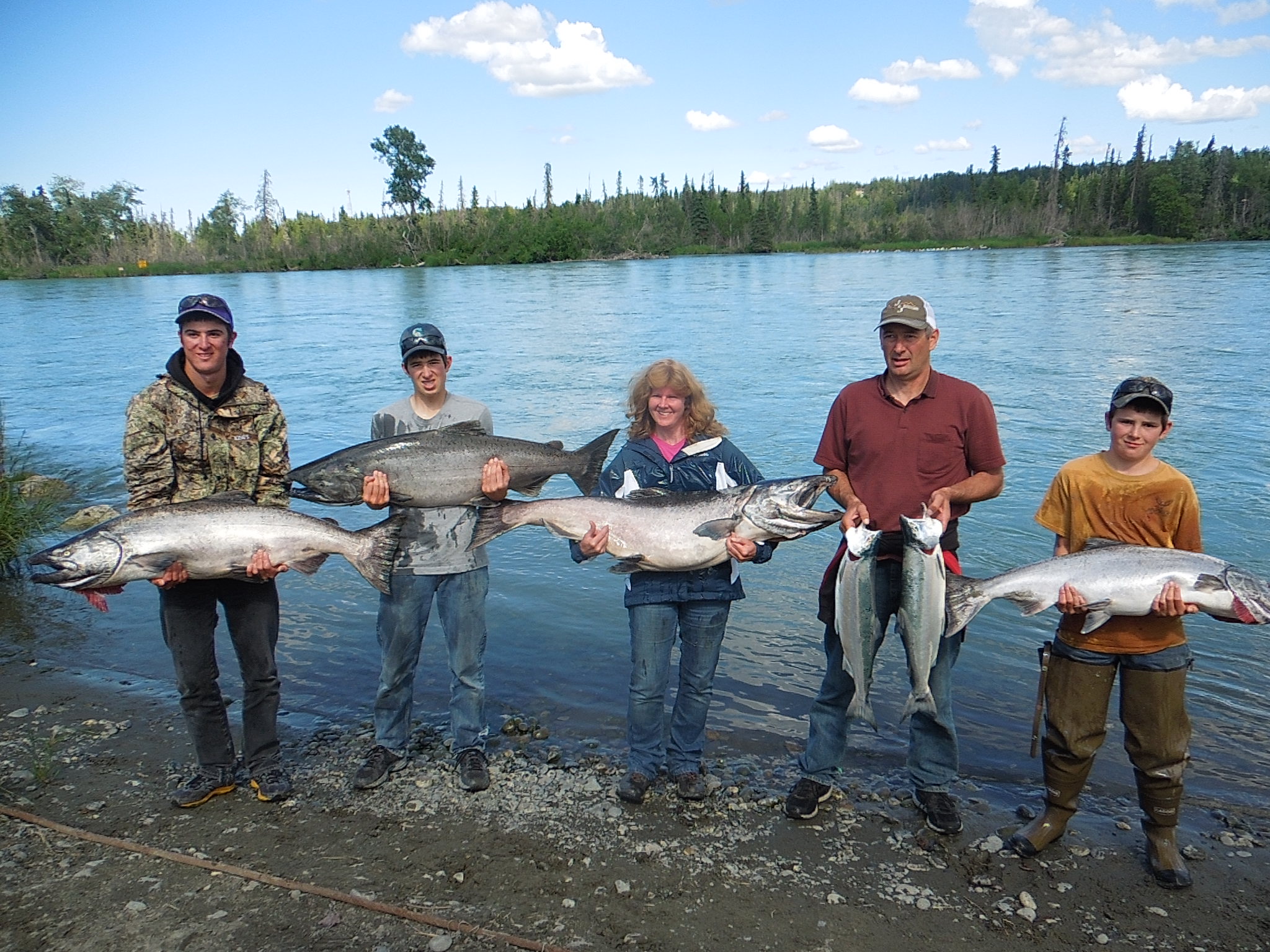
There are twelve major rivers plus three major tributaries of the Yukon, all of which drain two thirds of the state's rivers. In addition to the Aleutian Islands, hundreds of other islands, mostly underdeveloped, are found along the northern coast of the Gulf of Alaska, the Alaska Peninsula, and Bering Sea Coast.Īlaska contains 375 million acres of land and over three million lakes. The state's coastline is over 33,000 miles in length and is 50% longer than that of the conterminous U.S. Its east-west span covers a distance of over 2,000 miles and north-south a distance of over 1,100 miles. Access to much of the State is by air or water, as the road network reaches only a small portion of the state.Īlaska is the westernmost extension of the North American Continent. Alaska has more square miles of land than people, and sixty percent of the population is located in the two urban areas of Anchorage and Fairbanks. The climate ranges from brief cool summers and long dark winters in the Arctic to southern coastal areas where temperatures fall below zero only during the deepest winter months. In acreage, Alaska equals the combined land area of the states of Wyoming, Montana, Washington, Oregon, Idaho, and Utah.Īlaska's landscape varies from a lush coastal forest to a treeless Arctic tundra, and it has complexes of mountains and ice fields that cover thousands of square miles. Contrary to weather maps and textbooks which often place Alaska in the little box in the corner of the nation's map, Alaska's size of over 586,412 square miles encompasses striking variations in terrain from the flat lowlands of the Yukon-Kuskokwim Delta to the highest mountain in North America, Mt.


Vintage & Experimental Aircraft Program.

Aviation Safety Draft Documents Open for Comment.


 0 kommentar(er)
0 kommentar(er)
